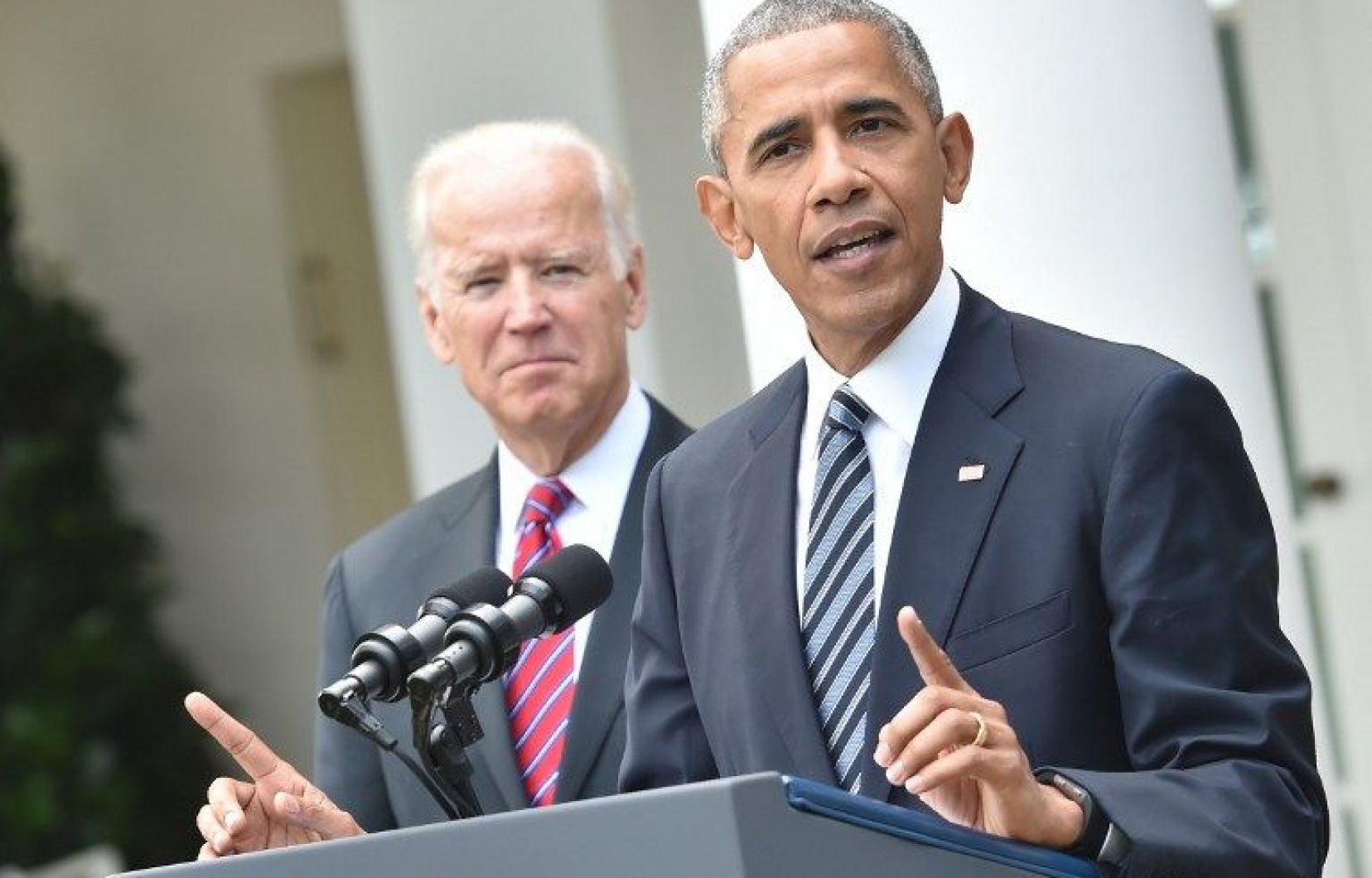
7 keys to becoming a professional public speaking
Even Obama finds himself nervous or stressed during a public speaking engagement and yet he is a great master of public speaking. Everyone feels stress during a conference or public speaking engagement and you know what? It’s perfectly normal and natural. You don’t have to fight this instinct, rather the opposite, the ideal is to master this emotion and transform the negative stress into positive. This feeling helps us to become even more successful. Throughout this article I will give you the 7 most important tips for successful public presentations.
Table des matières
The 7 TIPS for making memorable presentations
Preparation
The first thing to do is to be well prepared, as in job interviews, public speaking is the result of good preparation beforehand. How to prepare? You need to allow time because ideas come as we think about the subject to be presented. We start by brainstorming, putting all our ideas related to the subject on paper. Then we think about the objective: what are the messages we want to convey? We can’t talk about everything, so we have to narrow down the topic and eliminate all the ideas that are outside the scope. Now we can create the structure of our speech.
Practice
It is no secret that practice is a fundamental part of Speaking Up. Every opportunity is good: at the dinner table with our loved ones we can test our ideas, our examples, our arguments without them knowing it. You will quickly realise if your examples are relevant enough, if your ideas and messages are easy to understand. You will correct your content by testing it beforehand in small groups. When we talk about practice, we need to allow time because every day new ideas and arguments will come to our mind. Once the topic is mature in our head and on paper, we will keep all the new interesting points for the final part of the Questions and more in the body of our speech. In fact, our presentation will represent a maximum of 15-20% of our knowledge on the subject because our ultimate goal is to get clear messages across and not to show our audience everything we know.
Target and Clear Messages
This point brings us to the purpose of our speech. Any kind of public speaking has one of four purposes: Convince, Call to Action, Inform or Distract (according to the famous speaker Dale Carnegie). Once we know what our objective is, we will define our messages accordingly. For a 5 minute talk, one or two clear messages are sufficient. You don’t have time to make your audience digest more messages than that. However, in a 20-30 minute presentation you may have 5 messages to get through and even 6 or 7 in a 30-45 minute speech.
From now on, in any speaking situation, ask yourself the following two questions before you start: what is my objective and what are the key messages to be conveyed. This strategy is also useful for impromptu speeches.
Pampering the audience
Find out about your audience! Age, occupation and find out what unites you. Also try to integrate yourself into your audience, make them feel like you are part of their clan. Be curious, ask yourself what their main challenges are, what aspects of your topic interest them the most.
On the day of your intervention, talk to some of them before you start. Physically it is easier because there will always be someone to talk to before you start, but it is also possible during a Zoom intervention. Log in a little before and talk to the people who logged in first. For example, ask them if the economy has recovered, if vaccines are available to everyone….

Simple and Concrete
When speaking in public, you must succeed in making your audience travel with you, imagine you doing what you say. All my clients know it well: an important part of public speaking is to make your speech interesting, attractive, to make people travel! Obama did it all the time! However, your story should be entertaining, but simple and understandable. Our goal is to get our message across, not to impress our audience with too much baroque or elaborate language. To help the audience ‘travel’, using simple and specific examples will help you to get your message across in a clear and understandable way. Examples should be chosen according to (obviously) our objectives and messages.
Go with Energy!
Most of us have a natural tendency to be impressed and consequently feel very small during a job interview. We are intuitive beings by nature and we sense what the person opposite wants us to feel at that moment. Maybe they’re having a bad day, or they’ve just been told they’re fired! You wouldn’t believe how much they happen to us on a daily basis, so as soon as you feel yourself starting to deflate, become aware of your negative thinking and activate yourself! Think of something that reboosts you, that re-energises you. Some clients think of their passion as tennis, others as drawing, others as children, fashion, your relationship… Everything is valid!
Take advantage of this opportunity
Yes, you hear the word Presentation at the EXCOM or BoD in a fortnight and you start to sweat and even have the temptation to write everything down on a sheet of paper and just learn by heart. Don’t do it, as soon as the presentations are back on the floor, you’re in trouble if you memorize. As soon as a fly appears to distract you in the most important minute, you lose the thread and ‘the game is over’! So make cards like the most famous presenters or great speakers and practice explaining each point in your own words and with passion!
Think of this presentation as a huge opportunity for you to put yourself forward, to become the next Chief of Staff to the President or Director of the Marketing Department. In big companies and even in small companies we don’t have much opportunity to breathe, to step back and communicate about our work. That’s what the presentation is for, so enjoy the journey : )

- PART II: Human Relations Category - 14 February 2022
- I PART: 3 CATEGORIES OF HUMAN ABILITIES - 18 January 2022
- 7 REASONS TO TEACH HUMAN ABILITIES TO KIDS - 4 January 2022




No Comments